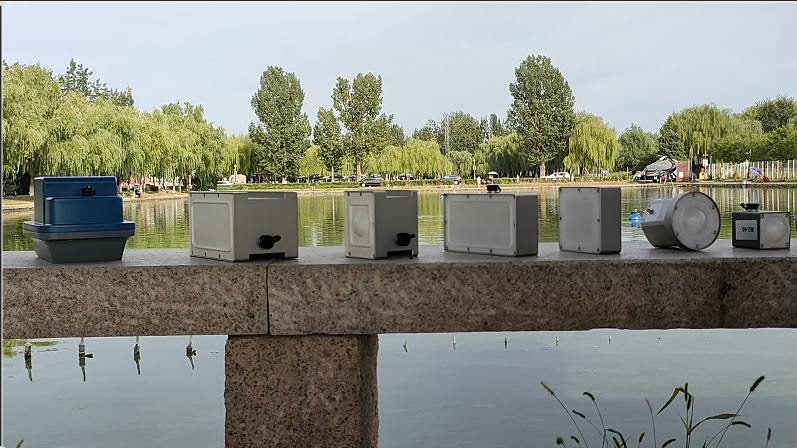Smart Water Management: How Radar Flow Meters Are Revolutionizing Indonesian Agriculture
Jakarta, Indonesia — A quiet technological revolution is unfolding above the intricate canals and rivers of Indonesia, helping the archipelago nation tackle one of its most persistent challenges: water management. Farmers and water authorities who once relied on rough estimates and educated guesses are now turning to radar flow meters for precise data that is transforming agricultural water use.
The Silent Sentinels: Devices Watching Over the Water
Radar flow meters are non-contact sensors mounted above rivers or irrigation channels. They emit radar waves toward the water’s surface, analyzing the returned signal to accurately measure flow velocity and water level, thereby calculating real-time discharge rates.
Their core advantage lies in their robustness and reliability. Unlike submerged sensors that can be fouled by debris, silt, or corrosion, radar meters hang safely above the water, immune to these common issues in tropical water systems. They continue to operate reliably during heavy rains and floods—precisely when accurate data is most critical.
Real-World Applications in Indonesian Fields
From the palm plantations of Sumatra to the rice terraces of Java, this technology is making a tangible impact:
- Precision Irrigation, Ending Disputes
In a large irrigation district in Java, water authorities have installed these units at diversion points. Officials can now remotely monitor the exact amount of water flowing to thousands of farms. This ensures fair distribution, minimizes waste, and has significantly reduced long-standing conflicts among farmers. “The objective data it provides allows us to enforce our water allocation plan, ensuring every drop is used effectively,” a regional water official stated. - Flood Guardians for Palm Plantations
On a large palm oil estate in Sumatra, radar flow meters are deployed on rivers running through the property. During the rainy season, when torrential downpours can cause flash floods, these devices provide early warning of rising water levels and flow rates. This allows plantation managers to proactively coordinate and open drainage gates, protecting valuable young palms and low-lying infrastructure from destructive flooding. - Protecting Fragile Peatlands
In the vast peatland agricultural areas of South Sumatra, water level management is a delicate balancing act. Too high, and crop roots rot; too low, and the dried-out peat becomes prone to devastating fires. Radar flow meters installed on canals provide managers with the critical data needed to maintain the optimal water level—safeguarding crops and preventing toxic peat fires, which is crucial for the environment.
Why Now? The Push Toward Smart Agriculture
Facing increasingly unpredictable rainfall patterns due to climate change and growing domestic demand for food security, Indonesia is actively seeking solutions to boost farming efficiency. The precise water data provided by radar flow meters is a foundational element in the transition from “guesswork” farming to data-driven smart agriculture.
An agri-tech expert commented, “This is not just about measuring water. It’s about gaining information for better decision-making. For Indonesia, this means higher yields, greater climate resilience, and a more sustainable water future.”
As the technology becomes more accessible, it is poised to become an indispensable feature of Indonesia’s modern agricultural landscape, proving that sometimes the most transformative tool is simply learning to watch the water more closely.
Complete set of servers and software wireless module, supports RS485 GPRS /4g/WIFI/LORA/LORAWAN
For more radar sensor information,
please contact Honde Technology Co., LTD.
Email: info@hondetech.com
Company website: www.hondetechco.com
Tel: +86-15210548582
Post time: Oct-28-2025


